Memory Straps and Explaining Frequency vs. Data Rate
by Ian Cutress & Gavin Bonshoron September 27, 2017 11:05 AM EST
- Posted in
- Memory
- AMD
- DDR4
- Ryzen
- Ryzen 7
- Team Group
- Night Hawk RGB
- TF2D416G3000HC16CDC01
65 Comments
|
65 Comments
Memory Scaling on Ryzen 7Team Group’s Night Hawk RGB Memory: 2x8GB of DDR4-3000 CL16Memory Straps and Explaining Frequency vs. Data RateTest Bed and HardwareCPU PerformanceGaming PerformanceConclusions on Ryzen DDR4 Scaling
In the interest of achieving and obtaining consistent results, the Team Group Night Hawk RGB DDR4-3000 kit has been left at the rated latencies, which was achieved by enabling the XMP profile, and changing the memory strap/multiplier to achieve the desired frequency each time through the GIGABYTE UEFI BIOS. On Ryzen in this BIOS, due to memory strap limitations and the inability to support 100 MHz straps, the only way to run the memory at DDR4-3000 would be to run the 2933 memory strap and then adjust the base clock up from 100 MHz to 102.3 MHz. This would technically overclock the processor and in doing so, would skew the results from the other straps tested such as 2400MT/s etc.
So to keep everything on an even keel throughout, all of the settings in the BIOS except the memory settings remained at default. The memory had its XMP profile enabled, the base clock put back to 100 MHz, and different memory straps were tested with identical latency timings. All other tests were run at 16-18-18, as per the memory kit.
For the testing we are using a Ryzen 7 processor, specifically the Ryzen 7 1700. AMD’s official listed support for this processor depends on the amount of memory and the memory type. The short answer to this support is that when using one memory module per channel, the Ryzen 7 1700 is designed to support DDR4-2666, but when two memory modules per channel are used, the support drops to DDR4-2400. For this test, because downclocking is easy enough, we start test from the DDR4-2400 data rate and go through the rated memory speed of the processor to the speed the memory is rated to.
For this test, because downclocking is easy enough, we start test from the DDR4-2400 data rate and go through the rated memory speed of the processor to the speed the memory is rated to.
We also overclock the memory beyond its rated speed. Each kit will offer different levels of overclocking performance, as it depends on the quality of the kit, the processor memory controller, and the motherboard, but we were able to push this memory kit all the way to DDR4-3333. At this speed it was stable in all our testing, and equates to a 10% increase on the rated frequency of the kit. It was interesting to see how much of an effect this speed would really manifest in our testing.
For users that are unfamiliar with this sort of image, this is the common CPU-Z tool that most professionals use to quickly probe the underlying hardware and speeds in the system. This is the main memory tab of the software, showing that we are using DDR4 in dual channel mode and have a total of 16 gigabytes. The NB Frequency, where NB historically stands for ‘North Bridge’, is the frequency that the Infinity Fabric is running at. In this case above, we get it running at 1663 MHz.
The NB Frequency, where NB historically stands for ‘North Bridge’, is the frequency that the Infinity Fabric is running at. In this case above, we get it running at 1663 MHz.
Below is the frequency and sub-timings for the memory itself. It shows a kit running at 1663.3 MHz, with 16-18-18 sub timings and a 1T command rate. I can already hear some of our readers with questions: why does it say the memory is running at 1663.3 MHz? I thought it was being run at DDR4-3333? So the key thing here is the difference between the frequency of the memory and how the memory works.
For a given frequency of the memory, say 1000 MHz, the system will perform 1000 million full clock cycles every second. These are full cycles, alternating from a peak voltage to a low voltage and back again within a single cycle. Modern memory, such as DDR4, is memory that runs at a Double Data Rate — this is what DDR stands for. What this means is that an action or a transfer can occur twice per cycle, usually each time the voltage alternates from peak to trough./cdn.vox-cdn.com/uploads/chorus_asset/file/16500051/HERO_ALT.jpg) This is also referred to as transferring on the clock cycle edges. The final result is that every cycle we get two transfers, so DDR4 at 1666 MHz is another way of saying DDR4 at 3333 mega transfers per second, or MT/s. Memory is quoted in terms of transfers per second, hence DDR4-3000 or DDR4-3333.
This is also referred to as transferring on the clock cycle edges. The final result is that every cycle we get two transfers, so DDR4 at 1666 MHz is another way of saying DDR4 at 3333 mega transfers per second, or MT/s. Memory is quoted in terms of transfers per second, hence DDR4-3000 or DDR4-3333.
There is often user confusion here, with memory kits being listed as DDR4 at 3000 MHz when they mean DDR4 at 3000 MT/s (Ed: I’m pretty sure everyone on the AnandTech staff is guilty of this at some point). For this review, and any memory reviews going forward, AnandTech is going to keep consistency in how we represent numbers. Typically we will quote the MT/s value, as this is what is listed on the kit, and specifically state when we are talking about the frequency (in Hz) or the data rate (MT/s), and use ‘speed’ as the generic term.
In this review, we will be testing the following combinations of data rate and latencies:
- DDR4-2400 16-18-18
- DDR4-2666 16-18-18 (Ryzen 7 Supported at 1DPC)
- DDR4-2800 16-18-18
- DDR4-2933 16-18-18 (Nearest to memory kit rating)
- DDR4-3066 16-18-18
- DDR4-3200 16-18-18
- DDR4-3333 16-18-18 (10%+ overclock)
Team Group’s Night Hawk RGB Memory: 2x8GB of DDR4-3000 CL16
Test Bed and Hardware
Memory Scaling on Ryzen 7Team Group’s Night Hawk RGB Memory: 2x8GB of DDR4-3000 CL16Memory Straps and Explaining Frequency vs. Data RateTest Bed and HardwareCPU PerformanceGaming PerformanceConclusions on Ryzen DDR4 Scaling
Data RateTest Bed and HardwareCPU PerformanceGaming PerformanceConclusions on Ryzen DDR4 Scaling
PRINT THIS ARTICLE
How to Detect the Type of RAM in a PC | Small Business
By Dan Ketchum Updated August 28, 2018
Dynamic random-access memory, or DRAM, is what powers your PC’s memory – and just like your brain’s memory, it allows for short-term data access. While your brain’s memory might be dedicated to upcoming meetings and little league softball schedules, your computer users DRAM to perform lots of on-the-fly tasks, like loading apps and websites.
RAM comes in thousands of different varieties, defined by a whole digital cornucopia of features. The form factor of the memory module itself, the type of memory chip on the module, the RAM speed and other factors can all determine exactly what sort of RAM your PC is currently packing. If you’re in the market for an upgrade, knowing the exact specs of your RAM will help ensure compatibility.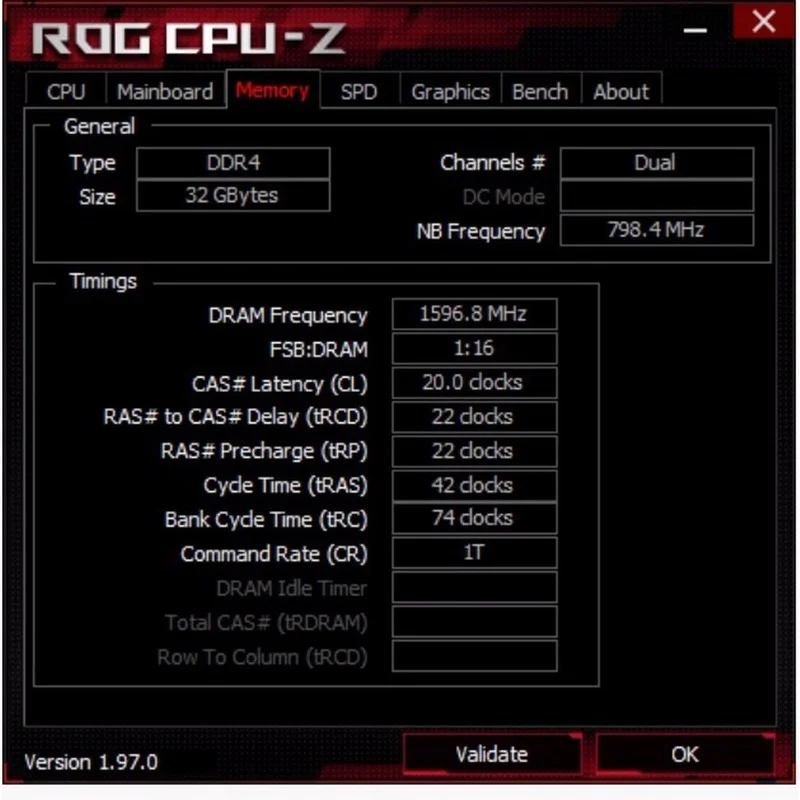
DDR3 vs. DDR4
One of the key differences in RAM types you may encounter is between DDR3 and DDR4 RAM, two similar types of double-data-rate SDRAM, the acronym for synchronous dynamic random-access memory.
DDR4 operates at a lower voltage than DDR3, but the voltage difference won’t be too significant in home use. It can, however, make an impact for large-scale computing, such as running servers. While DDR3 speed maxes out at 2133 millions of transfers per second, DDR4 starts at 2133 MT/s.
Task Manager
Perhaps the most straightforward RAM test you can perform on your PC is via the good old Task Manager. On Windows 10 and earlier versions of the OS, just press CTRL, ALT and Delete simultaneously to open the Task Manager, then click the Performance tab.
Here, you’ll see a breakdown of your system memory. This will tell you how many gigabytes of RAM your computer current has. It will also display the RAM speed, such as 1600 or 1233 MT/s, and its form factor. Most modern PCs use DIMM (Dual-Inline Memory Module) RAM, while laptops use SODIMM (Small-Outline Dual-Inline Memory Module) RAM.
Most modern PCs use DIMM (Dual-Inline Memory Module) RAM, while laptops use SODIMM (Small-Outline Dual-Inline Memory Module) RAM.
CPU-Z RAM Checker Software
CPUID’s CPU-Z has served as a longtime standard RAM checker tool for PCs, and it’s still free to download and use for Windows 10. After downloading the software from CPUID’s site, installing it and launching it, click the Memory tab to get your PC’s detailed RAM specs.
CPU-Z not only lists your PC’s RAM type (such as DDR3 or DDR4), it lists its speed, size, number of operating channels, NB frequency, DRAM frequency and even more down-to-the-bone stats, ranging from the RAM’s command rate to its row refresh cycle time. Additionally, CPU-Z provides information on your PC’s processor name and number, its codename and cache levels and the real-time measurement of each memory core’s internal frequency and memory frequency.
References
- Tom’s Hardware: How to Build a PC: Step 5: Select Memory
- Crucial: What is Memory (DRAM)?
- Pearson: Pearson IT Certification: RAM Types and Features
- Alphr: How to Find Your RAM Speed, Type and Size on PC and Mac
- PC Gamer: The Differences Between DDR3 and DDR4 RAM
- CPUID: CPU-Z
Writer Bio
As the co-founder of an LLC, the owner of a small business and a partner at an S-corporation (all working in media), Dan is no stranger to small business. As a business writer, he’s contributed to publications including Chron.com, AZCentral, Fortune, GlobalPost, MSN Money, GoBankingRates, Zacks.com, The Motley Fool and more.
As a business writer, he’s contributed to publications including Chron.com, AZCentral, Fortune, GlobalPost, MSN Money, GoBankingRates, Zacks.com, The Motley Fool and more.
Why you should overclock RAM (it’s easy!) / Sudo Null IT News
Any program on a PC uses RAM to work. Your RAM runs at a certain speed set by the manufacturer, but a few minutes of digging into the BIOS can take it outside the standard specifications.
Yes, memory speed matters
Every program you run is loaded into memory from your SSD or hard drive, which is much slower than memory. After loading, the program usually stays in memory for a while, and the CPU accesses it as needed.
Improving memory speed can directly improve CPU efficiency in certain situations, although there is a saturation point after which the CPU is no longer able to use memory fast enough. In everyday tasks, a few extra nanoseconds won’t do you much good, but if you’re processing large arrays of numbers, any small increase in efficiency can help.
In games, the speed of RAM can be felt much more strongly. Each frame only has a few milliseconds to process a bunch of data, so if you’re playing a game that depends on CPU speed (like CSGO), memory acceleration can increase your framerate. Look at this speed measurement from Linus Tech Tips:
The average frame rate rises by a few percent with the increase in RAM speed, when the CPU does most of the work. Memory speed is most pronounced at the minimum frequency indicator; when loading a new region or a new object should happen in one frame, it will take longer than usual to draw if it is waiting for data to be loaded into memory. This is called «micro stuttering» or «freezing» and the game can feel sluggish even with good average frame rates.
Overclocking memory is not scary
Overclocking memory isn’t nearly as scary as overclocking a CPU or GPU. When overclocking the CPU, you should keep an eye on its cooling, whether the cooling will cope with the increase in frequency.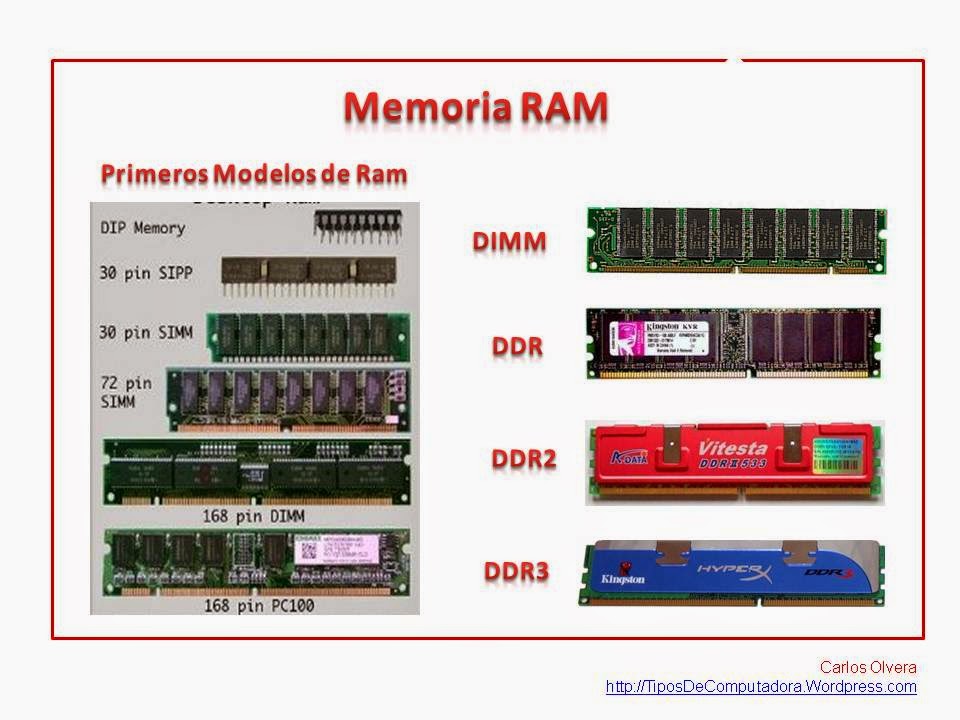 The CPU or GPU can work much louder than usual [apparently, this refers to the work of coolers / approx. transl.].
The CPU or GPU can work much louder than usual [apparently, this refers to the work of coolers / approx. transl.].
The memory doesn’t get particularly hot, so overclocking it is pretty safe. Even at unstable frequencies, the worst thing that can happen is an error in the stability test. However, if you’re doing these experiments on a laptop, you’ll want to make sure you can clear the CMOS (resetting the BIOS to default) if something goes wrong.
Speed, timings and CAS latency
Memory speed is usually measured in megahertz, MHz [sic; of course, the frequency is measured in hertz, and the frequency affects the speed of operation / approx. transl.]. This is a measure of clock speed (how many times per second memory can be accessed), which is the same as a measure of CPU speed. The stock frequency of DDR4 (modern type of memory) is usually 2133 MHz or 2400 MHz. However, this is actually a bit of marketing: DDR stands for «double data rate», i. e. that the memory reads and writes twice in one clock cycle. So in fact its speed is 1200 MHz, or 2400 megacycles per second.
e. that the memory reads and writes twice in one clock cycle. So in fact its speed is 1200 MHz, or 2400 megacycles per second.
But most DDR4 RAM runs at 3000 MHz, 3400 MHz or higher thanks to XMP (Extreme Memory Profile). XMP essentially allows the memory to tell the system, «Yes, I know DDR4 should support up to 2666MHz, but why don’t you speed me up?» It’s a boost out of the box, pre-configured, tested and ready to go. It is achieved at the hardware level, using a memory chip called Serial Presence Detect (SPD), so there can only be one XMP profile per bar:
Each memory stick has several built-in clock options; The stock version uses the same SPD system called JEDEC. Any frequency that exceeds the JEDEC speed is considered an overclock — that is, XMP is simply a JEDEC profile overclocked at the factory.
RAM timings and CAS latency are two different ways to measure memory speed. They measure latency (how quickly RAM responds to requests). CAS latency is a measure of how many clock cycles elapse between a READ command being sent to memory and the processor receiving a response.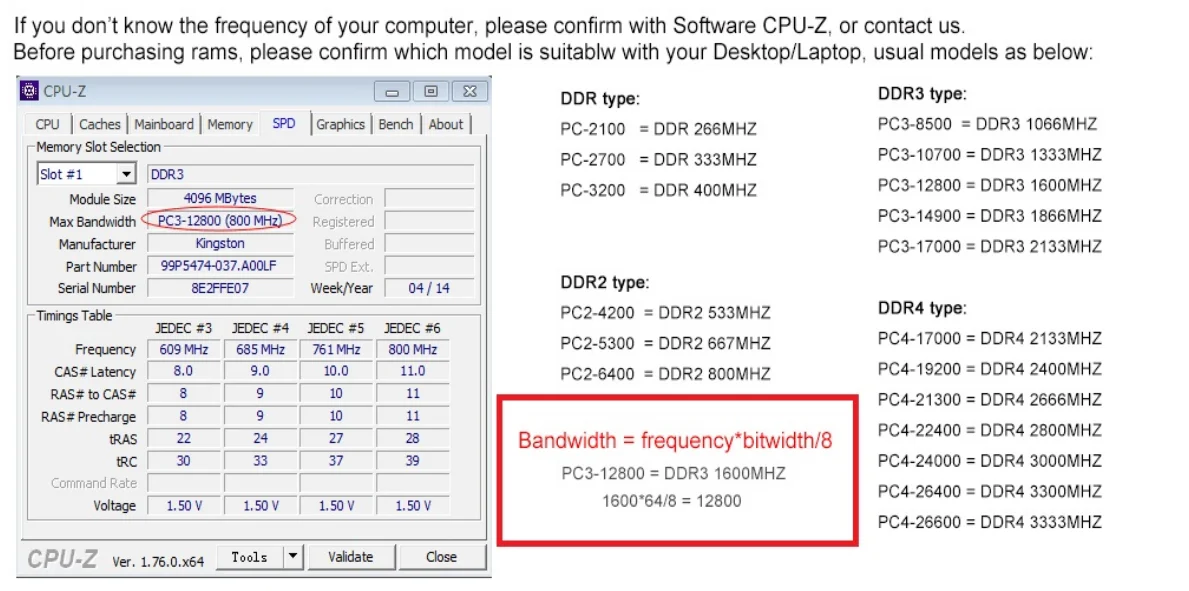 It is usually denoted «CL» and indicated after the memory frequency, for example: 3200 Mhz CL16.
It is usually denoted «CL» and indicated after the memory frequency, for example: 3200 Mhz CL16.
It is usually related to the speed of the memory — the higher the speed, the greater the CAS latency. But CAS latency is just one of many different timings and timers that RAM works with; all others are usually just called memory timings. The lower the timings, the faster your memory will be. If you want to learn more about each of the timings, read the guide from Gamers Nexus.
XMP won’t do everything for you
You can buy memory sticks from G.Skill, Crucial, or Corsair, but those companies don’t make the DDR4 chips that underpin RAM. They buy chips from semiconductor factories, which means that all the memory on the market comes from a handful of major outlets: Samsung, Micron, and Hynix.
Besides, trendy memory sticks, which are marked as 4000 MHz and higher, and which have low CAS latency, do not really differ from «slow» memory, which costs half as much.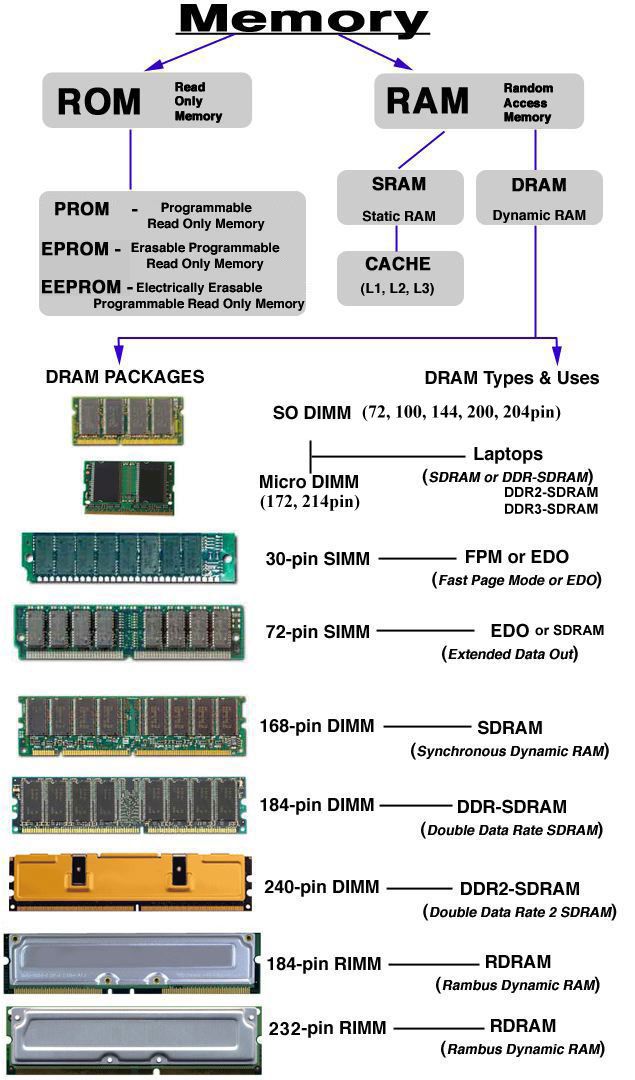 Both versions use Samsung B-die DDR4 memory chips, just one of them has a gold heat sink, colored lights and a rhinestone-embellished top (yes, you can actually buy it).
Both versions use Samsung B-die DDR4 memory chips, just one of them has a gold heat sink, colored lights and a rhinestone-embellished top (yes, you can actually buy it).
When they leave the factory, the chips are checked by a process called «binning». And not all memory shows the best results. Some chips perform well at 4000 MHz and higher with low CAS latency, and some do not work above 3000 MHz. It’s called the silicon lottery, and it’s what raises the price of high-speed bars.
But advertised speed doesn’t necessarily limit the real potential of your memory. The XMP speed is simply a rating that guarantees that the memory stick will run at the specified speed 100% of the time. This is where marketing and product segmentation play a bigger role than RAM limits; no one forbids your memory from working beyond the specifications, just enabling XMP is easier than overclocking the memory yourself.
XMP is also limited to a certain set of timings. According to Kingston, «only the ‘basic’ timings (CL, RCD, RP, RAS)» are configured in memory, and since the SPD has limited space to store XMP profiles, the rest is decided by the motherboard, which does not always make the right choice. In my case, the Asus motherboard in the «auto» mode set very strange values \u200b\u200bof some timings. My memory bar refused to work by default until I manually corrected these timings.
In my case, the Asus motherboard in the «auto» mode set very strange values \u200b\u200bof some timings. My memory bar refused to work by default until I manually corrected these timings.
In addition, binning at the factory hard-codes the voltage range in which the memory must operate. For example, a factory will test a memory at 1.35V, not continue the test if the memory doesn’t perform at its best, and give it the «3200MHz» label, which is what most bars fall under. But what if you run the memory at 1.375 V? And 1.39 V? These figures are still very far from dangerous voltages for DDR4, but even a small increase in voltage can help to significantly increase the memory frequency.
How to overclock memory
The hardest part about memory overclocking is figuring out what frequencies and timings to use, since there are over 30 different settings in the BIOS. Luckily, four of these are considered «basic» timings and can be calculated using the Ryzen DRAM Calculator. It is intended for AMD-based systems, but will work for Intel users as well, since it is mainly intended for calculating memory timings, not CPU ones.
It is intended for AMD-based systems, but will work for Intel users as well, since it is mainly intended for calculating memory timings, not CPU ones.
Download the program, enter the memory speed and type (if you don’t know it, a quick search of the serial number on Google can give you the results). Click the R-XMP button to download the specs, and click Calculate SAFE [safe option] or Calculate FAST [fast option] to get the new timings.
These timings can be compared with the prescribed specifications using the Compare timings button — then you will see that everything is a little tweaked on safe settings, and the main CAS latency is reduced on fast settings. Whether the fast settings will work for you is a matter of luck as it depends on the specific stick, but you can probably get the memory to work with them within a safe voltage range.
It is better to send a screenshot of the program to another device, since you will need to edit the timing settings in the computer’s BIOS. Then, when everything is working, you will need to check the stability of the overclock using the tool built into the calculator. This is a long process and you can read our memory overclocking guide for all the details.
Then, when everything is working, you will need to check the stability of the overclock using the tool built into the calculator. This is a long process and you can read our memory overclocking guide for all the details.
How to overclock RAM (RAM, RAM)
When wondering how to increase computer performance without installing new components, you must have seen materials about overclocking a processor or overclocking a video card … But have you heard about overclocking RAM?
In this article we will figure out how to overclock the RAM and what is needed for this.
What gives the overclocking of the RAM?
Often, to unlock the potential of your processor, you need RAM not only with a large amount, but also with high frequencies. If your memory is low-frequency, then it is quite possible to overclock it and get a bonus to computer performance.
Of course, factors such as the motherboard chipset, processor type, etc.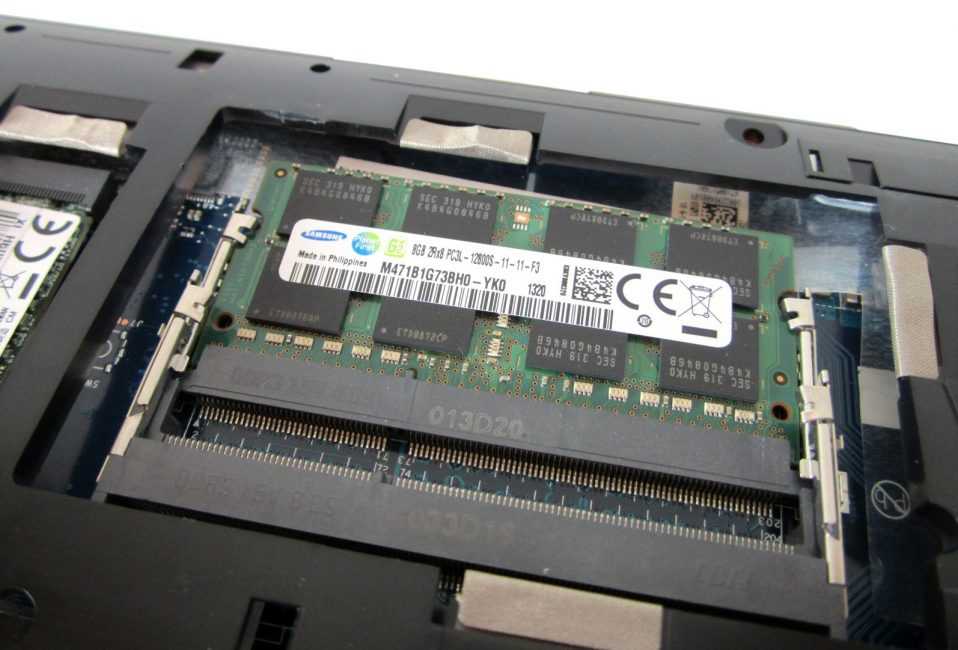 are taken into account, but, one way or another, overclocking will obviously not be superfluous, since a performance increase will occur in any case.
are taken into account, but, one way or another, overclocking will obviously not be superfluous, since a performance increase will occur in any case.
The community is now in Telegram
Subscribe and stay up to date with the latest IT news
Subscribe
What parameters should be considered when overclocking
Timing 90. I will not go into details, but in short: timings should be minimal, but such that the system works stably. We will determine them in the future by typing, because it is difficult to find specific values \u200b\u200bfor different RAM dice.
Frequency
The main characteristic of the RAM. Everything is simpler here, but the strategy is reversed: we are looking for the highest value at which the system will work stably.
Memory rank
Also an important characteristic of memory. Finding out the memory rank is quite simple — sometimes it is indicated in the model name of your die.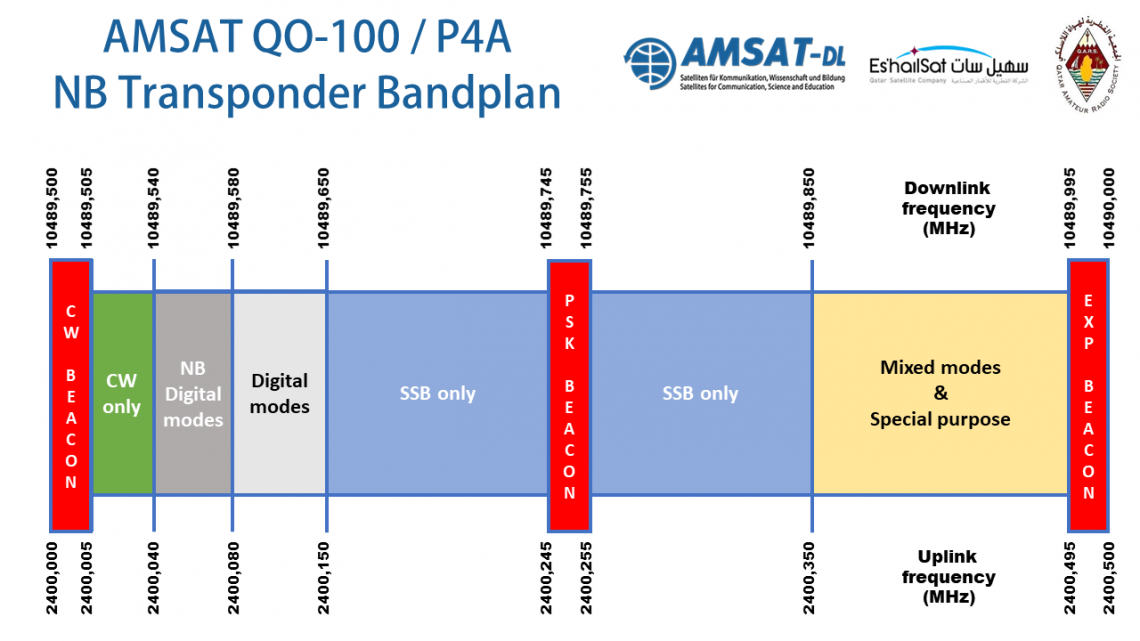 Letter S — Single Rank (one rank), D — Dual Rank (two ranks).
Letter S — Single Rank (one rank), D — Dual Rank (two ranks).
It happens that among the letter porridge it is difficult to find the right letter, so you can just google the name of the plate with the query «How many ranks».
Tip: the plate model and the word rank should be quoted in quotation marks so that Google searches for queries with only these words.
The memory rank directly affects how the memory will be overclocked. Single-rank dies are considered the most suitable for overclocking, as they give out more power when changing settings, however, dual-rank dies, even without overclocking, can produce decent values.
Voltage
As you understand, if the memory works at higher frequencies, then the power supply must be increased. It all depends on the type of RAM.
For DDR2, the normal voltage is kept at around 1.8 V, for DDR3 — 1.5 V, and DDR4 requires only 1.2 V. 2. 2 V, for DDR3 — 1.7 V, for DDR4 — 1.4 V. Stepping over these marks is STRICTLY NOT RECOMMENDED , otherwise you risk the health of RAM !
2 V, for DDR3 — 1.7 V, for DDR4 — 1.4 V. Stepping over these marks is STRICTLY NOT RECOMMENDED , otherwise you risk the health of RAM !
Let’s start the fun!
First, we go to the BIOS — this can be done by pressing the F2 key (less often F12, F9, DEL) when starting the computer. The key depends on the manufacturer of your motherboard.
Now we have two paths. Often, RAM from famous brands has pre-prepared XMP profiles. These are a kind of «presets» with the desired settings. If you have any at your disposal, you are lucky. Set the desired frequency, and the XMP profile will do the rest for you.
The second way will require a little perseverance: you will have to set everything up manually, that is, look for settings on the Internet or poke at random.
In both cases, we need to set the voltage of the die and the voltage of the memory controller and L-3 cache.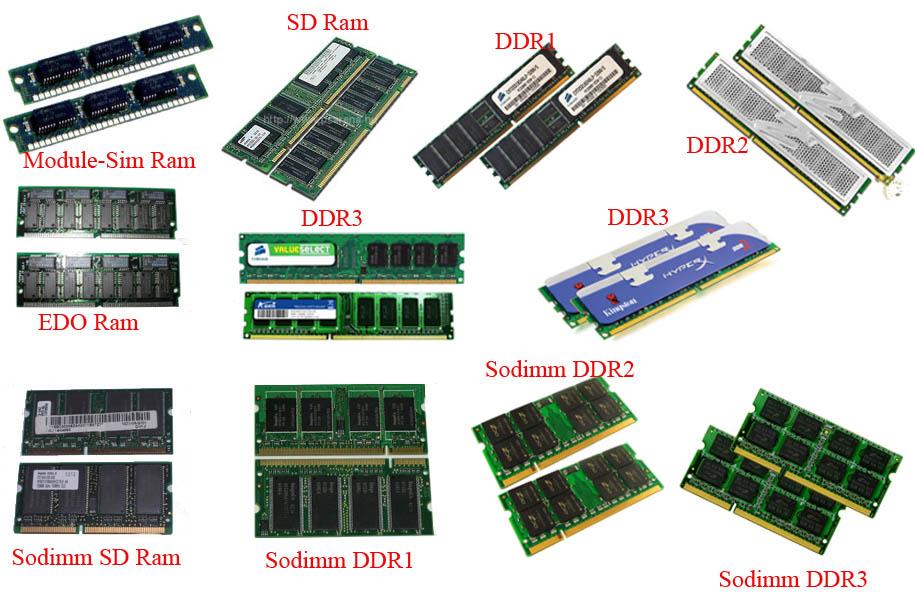
The first is done in the «Dram Voltage» section. We take with a margin, but do not cross the threshold!
The second parameter is called «CPU NB/SoC Voltage». The average recommended values for this parameter are in the range of 1.025–1.15 V, but here everything depends on the chip manufacturer.
Once you have everything set up, you can start timing. It is recommended to set their value a couple of bars higher. For example, for timing 9-9-9-24 , you can set the value 11-11-11-26 .
Save the changes and start the PC. Do not rush to rejoice at the successful launch of the system — after all, we still need to do stress tests!
You can check the stability of the system in stress tests using the MemTest86 program.
If everything works stably, we return to the BIOS again and begin to gradually reduce the voltage of the plate and its timings. Then we save the settings again, start the system, run it through the tests .
